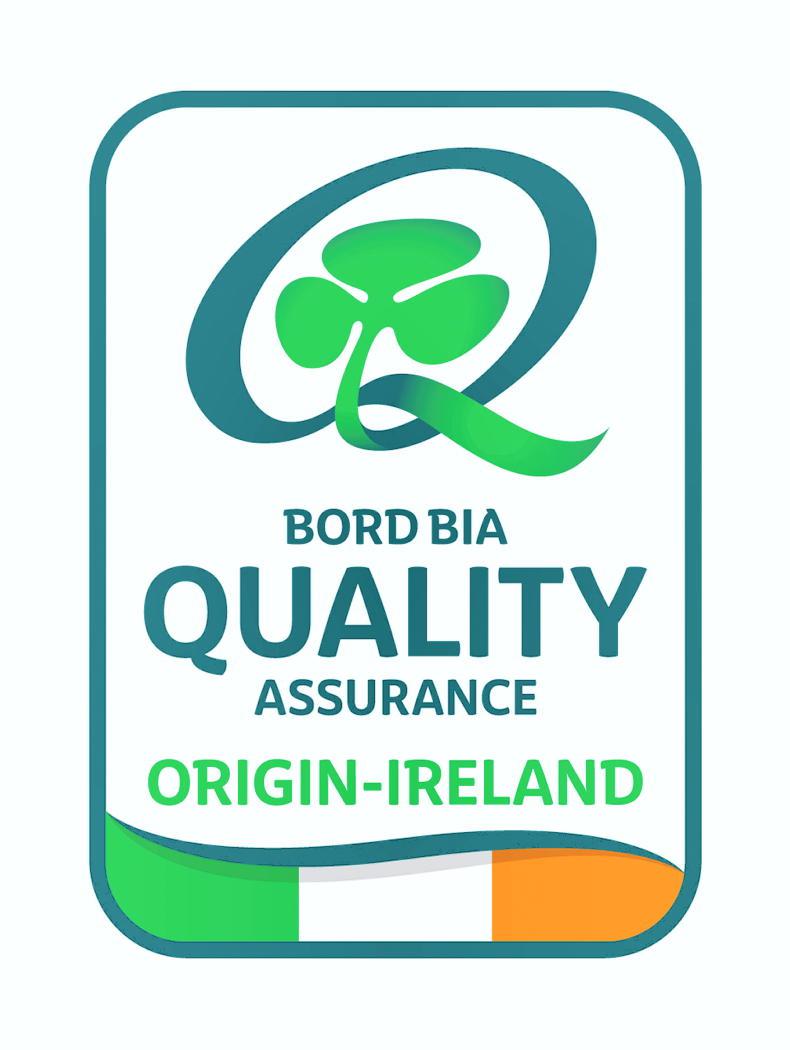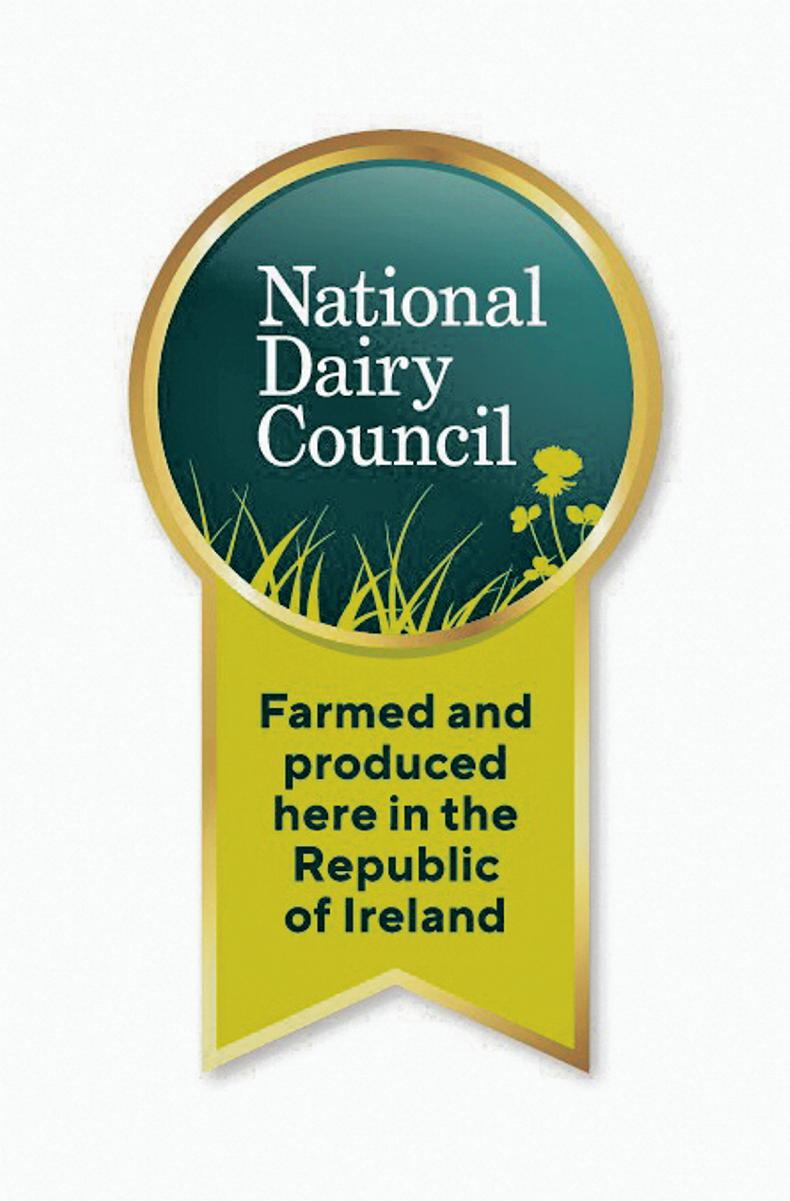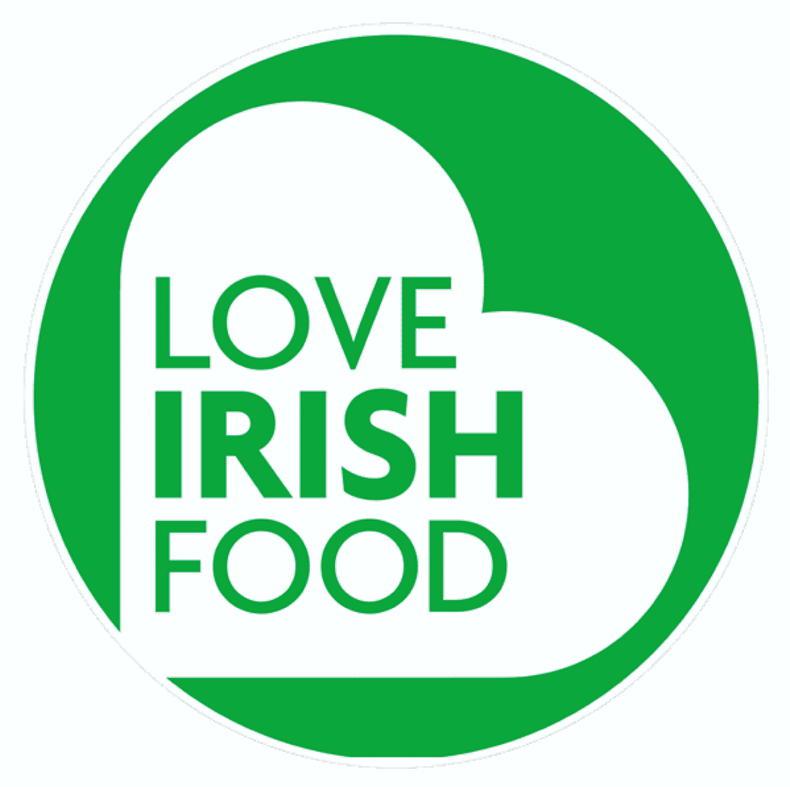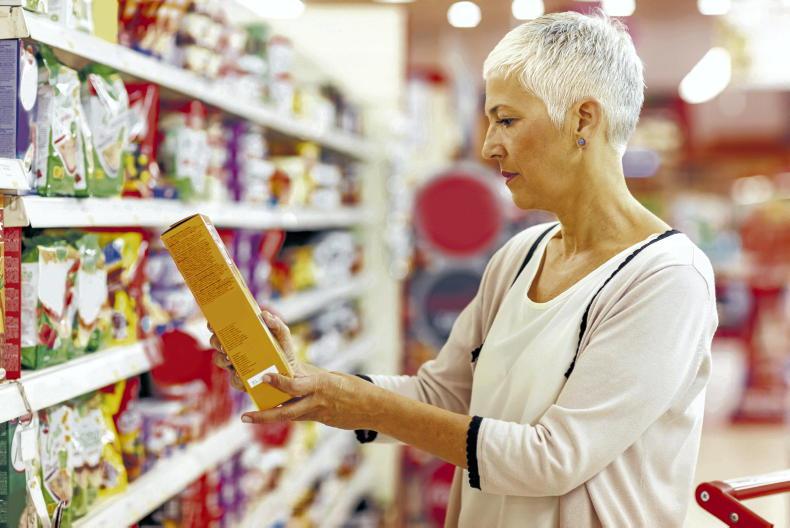At Christmas, consumers spend more money on groceries than any other time of the year. During Christmas 2022, Irish shoppers spent a record breaking 1.3bn. Supporting local producers is a common goal for many. However, with so many products on supermarket shelves and labels carrying more information than ever before, it can be hard to ensure what you’re getting is actually Irish.
What’s on the label?
In Ireland, there are regulations that set out exactly what information is required to appear on food labels to keep consumers informed. The Food Safety Authority of Ireland (FSAI) says that, “Food information must be accurate, clear and easy to understand for the consumer.”
The list of mandatory information is long but some of the key requirements include ingredients, allergens and country of origin or place of provenance.
What should not be on the label?
Often it is the information that is purposely left out that is misleading. Some of the terms and language used can also cause confusion. The FSAI advise that labels must not be misleading when it comes to, “the characteristics of the food and, in particular, as to its nature, identity, properties, composition, quantity, durability, country of origin or place of provenance, method of manufacture or production.”
Companies are not allowed to attribute claims to food about its effects, properties or special characteristics that it does not actually possess. For example, it cannot say it has nutritional benefits that don’t exist.
Furthermore, food companies are not allowed to use descriptions on packaging or photos of the food that misrepresent it or suggest that it contains an ingredient or component that has actually been substituted. For example, sugar-free products should not insinuate that they are sweet by using photos depicting honey.
Confusion
Marketing terms are other ways that product labelling can be misleading. For example, putting ‘farmhouse’ on the product might lead us to believe the product was made on a farm or by stating it is ‘natural’, we might assume it doesn’t contain any preservatives or additives.
This is a bit of a grey area as there are still no official regulations around these terms. However, there are many organisations that have produced guidelines to help navigate these words. The Taste Council of Ireland in association with the FSAI advocates for the protection of specific terms and guides companies on the use of marketing terms. These include:
Artisan & Artisanal: The food is made in limited quantities in a micro enterprise by skilled craftspeople, the processing method follows a traditional method and the characteristic ingredient (eg strawberries in strawberry jam) is grown or produced locally, where seasonally available.
Traditional: The recipe for the product has been proven to be used for at least the last 30 years, without significant modification or has been made using a method of preparation that has been used for at least the last 30 years.
Natural: The food item has had minimal processing; this can be used with a single ingredient food as long as it is formed by nature and not significantly interfered with by human interaction. Compound foods can use the term as long as the ingredients are ‘natural’. For example, a cooked ham has several ingredients, including pork, water, salt and spices. As long as all those items are ‘natural’, it can be termed ‘natural ingredient ham’.
Farmhouse: The food is made in a single location on a farm, in a micro-enterprise (no more than 10 employees), and the characteristic ingredients are grown or produced locally (within 100 km).
Other phrases that appear on labels are: ‘produced in Ireland’ or ‘product of Ireland’. So what’s the difference?
Produced in Ireland: the product can carry this label if the it has been grown, made or produced in this country fully and completely.
Product of Ireland: you may think this product is Irish but the food company can use ingredients from elsewhere. It must be packaged or produced in this country. For example, you may find ‘product of Ireland’ on chicken nuggets. The chicken might be breaded and packaged here, but the chicken itself might be imported.
These two labels are often accompanied by an Irish flag to throw further confusion into matters, so be wary of this.
Informed choices
Consumers will also see symbols on foods. But what exactly do they mean?

Bord Bia Quality Assurance Scheme symbol
Bord Bia Quality Assurance Scheme Origin-Ireland: This is the label that most farming families are familiar with. Bord Bia operates a series of quality assurance schemes for the food industry. The schemes are built on best practice in farming and processing, current legislation, relevant industry guidelines and international standards.
The Bord Bia Certified Member Logo is used by producers, growers, packers and processors. It tells consumers that the farm or company are certified members of Bord Bia’s Quality Assurance Scheme. There are also individual scheme logos that indicate when the product ingredients make up 90% of the finished product, or less than 90%.

National Dairy Council logo.
National Dairy Council of Ireland: The NDC developed their own packaging symbol for milk and cream products to certify that they are 100% farmed in Ireland.

Guaranteed Irish logo.
Guaranteed Irish: The Guaranteed Irish symbol has been around for 50 years and is awarded to businesses based in Ireland that support sustainable jobs, contribute to local communities and are committed to Irish provenance. They now have over 2,000 members who carry the symbol on their products.

Love Irish Food logo.
Love Irish Food: The Love Irish Food label does not mean it is 100% Irish. Instead, over 80% of the value of their members’ products must be produced in Ireland using available local ingredients.
When you are buying a product, remember:
A product is “low fat” when it contains less than 3g fat in 100g.
A product is “reduced fat or light” if it contains 25% less fat than the standard version of the product.
A product is “low sugar” if it has less than 5g of sugar per 100g.
If a product has “no added sugar” on it then no sugars have been added but the product may still contain natural sugars.
A product is “high fibre” if it contains at least 6g of fibre.
If a product is “sugar free”, it may not have any sugar, but it may have added sweeteners.
Read more
Italy bans lab-grown meat, Beyond Meat launches fake pepperoni
Margaret Leahy: what are all these labels telling us?
At Christmas, consumers spend more money on groceries than any other time of the year. During Christmas 2022, Irish shoppers spent a record breaking 1.3bn. Supporting local producers is a common goal for many. However, with so many products on supermarket shelves and labels carrying more information than ever before, it can be hard to ensure what you’re getting is actually Irish.
What’s on the label?
In Ireland, there are regulations that set out exactly what information is required to appear on food labels to keep consumers informed. The Food Safety Authority of Ireland (FSAI) says that, “Food information must be accurate, clear and easy to understand for the consumer.”
The list of mandatory information is long but some of the key requirements include ingredients, allergens and country of origin or place of provenance.
What should not be on the label?
Often it is the information that is purposely left out that is misleading. Some of the terms and language used can also cause confusion. The FSAI advise that labels must not be misleading when it comes to, “the characteristics of the food and, in particular, as to its nature, identity, properties, composition, quantity, durability, country of origin or place of provenance, method of manufacture or production.”
Companies are not allowed to attribute claims to food about its effects, properties or special characteristics that it does not actually possess. For example, it cannot say it has nutritional benefits that don’t exist.
Furthermore, food companies are not allowed to use descriptions on packaging or photos of the food that misrepresent it or suggest that it contains an ingredient or component that has actually been substituted. For example, sugar-free products should not insinuate that they are sweet by using photos depicting honey.
Confusion
Marketing terms are other ways that product labelling can be misleading. For example, putting ‘farmhouse’ on the product might lead us to believe the product was made on a farm or by stating it is ‘natural’, we might assume it doesn’t contain any preservatives or additives.
This is a bit of a grey area as there are still no official regulations around these terms. However, there are many organisations that have produced guidelines to help navigate these words. The Taste Council of Ireland in association with the FSAI advocates for the protection of specific terms and guides companies on the use of marketing terms. These include:
Artisan & Artisanal: The food is made in limited quantities in a micro enterprise by skilled craftspeople, the processing method follows a traditional method and the characteristic ingredient (eg strawberries in strawberry jam) is grown or produced locally, where seasonally available.
Traditional: The recipe for the product has been proven to be used for at least the last 30 years, without significant modification or has been made using a method of preparation that has been used for at least the last 30 years.
Natural: The food item has had minimal processing; this can be used with a single ingredient food as long as it is formed by nature and not significantly interfered with by human interaction. Compound foods can use the term as long as the ingredients are ‘natural’. For example, a cooked ham has several ingredients, including pork, water, salt and spices. As long as all those items are ‘natural’, it can be termed ‘natural ingredient ham’.
Farmhouse: The food is made in a single location on a farm, in a micro-enterprise (no more than 10 employees), and the characteristic ingredients are grown or produced locally (within 100 km).
Other phrases that appear on labels are: ‘produced in Ireland’ or ‘product of Ireland’. So what’s the difference?
Produced in Ireland: the product can carry this label if the it has been grown, made or produced in this country fully and completely.
Product of Ireland: you may think this product is Irish but the food company can use ingredients from elsewhere. It must be packaged or produced in this country. For example, you may find ‘product of Ireland’ on chicken nuggets. The chicken might be breaded and packaged here, but the chicken itself might be imported.
These two labels are often accompanied by an Irish flag to throw further confusion into matters, so be wary of this.
Informed choices
Consumers will also see symbols on foods. But what exactly do they mean?

Bord Bia Quality Assurance Scheme symbol
Bord Bia Quality Assurance Scheme Origin-Ireland: This is the label that most farming families are familiar with. Bord Bia operates a series of quality assurance schemes for the food industry. The schemes are built on best practice in farming and processing, current legislation, relevant industry guidelines and international standards.
The Bord Bia Certified Member Logo is used by producers, growers, packers and processors. It tells consumers that the farm or company are certified members of Bord Bia’s Quality Assurance Scheme. There are also individual scheme logos that indicate when the product ingredients make up 90% of the finished product, or less than 90%.

National Dairy Council logo.
National Dairy Council of Ireland: The NDC developed their own packaging symbol for milk and cream products to certify that they are 100% farmed in Ireland.

Guaranteed Irish logo.
Guaranteed Irish: The Guaranteed Irish symbol has been around for 50 years and is awarded to businesses based in Ireland that support sustainable jobs, contribute to local communities and are committed to Irish provenance. They now have over 2,000 members who carry the symbol on their products.

Love Irish Food logo.
Love Irish Food: The Love Irish Food label does not mean it is 100% Irish. Instead, over 80% of the value of their members’ products must be produced in Ireland using available local ingredients.
When you are buying a product, remember:
A product is “low fat” when it contains less than 3g fat in 100g.
A product is “reduced fat or light” if it contains 25% less fat than the standard version of the product.
A product is “low sugar” if it has less than 5g of sugar per 100g.
If a product has “no added sugar” on it then no sugars have been added but the product may still contain natural sugars.
A product is “high fibre” if it contains at least 6g of fibre.
If a product is “sugar free”, it may not have any sugar, but it may have added sweeteners.
Read more
Italy bans lab-grown meat, Beyond Meat launches fake pepperoni
Margaret Leahy: what are all these labels telling us?










 This is a subscriber-only article
This is a subscriber-only article











SHARING OPTIONS: